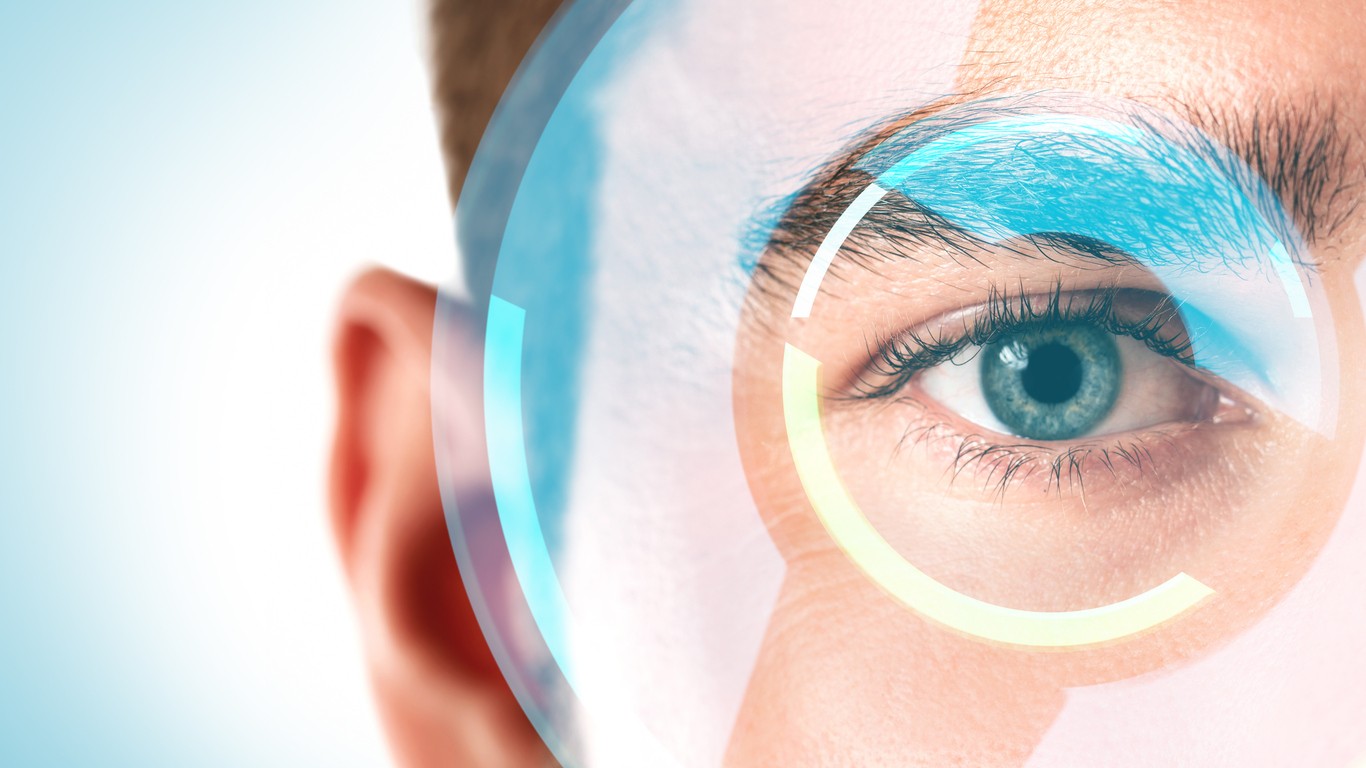All Categories
Featured
We commonly hear concerning protecting our skin from harmful ultraviolet (UV) rays, however did you recognize that UV direct exposure can additionally substantially affect your eye wellness? Recognizing the effects of UV rays on your eyes and just how to protect them is necessary for maintaining long-lasting eye health.
Sorts Of UV Rays. UV rays are identified right into three kinds:
UVA Rays: These rays permeate deep right into the skin and can additionally affect the internal layers of the eyes. UVB Rays: These rays mainly trigger damage to the skin's surface yet can additionally harm the cornea and lens of the eye. UVC Rays: While these are one of the most damaging, they are greatly taken in by the Planet's atmosphere and don't reach the surface. Both UVA and UVB rays are damaging to your eyes, and gradually, exposure can cause serious eye conditions.
Short-Term Results of UV Exposure. Also short direct exposure to extreme UV rays can lead to instant eye damage. A common short-term condition is photokeratitis, typically referred to as "sunburn of the eye." Signs of photokeratitis include:
Soreness and irritability. Sensitivity to light. Tearing or watery eyes. An abrasive feeling, as if something is embeded your eye. While the symptoms of photokeratitis are short-term and typically fix within a day or 2, repeated occurrences can have cumulative results on your vision.
Long-Term Impacts of UV Direct Exposure. Persistent UV exposure can add to a number of major eye conditions, consisting of:
Cataracts: Gradually, UV rays can trigger clouding of the eye's lens, leading to cataracts, one of the leading reasons of loss of sight worldwide.
Macular Deterioration: Prolonged UV exposure can harm the retina, particularly the macula, bring about age-related macular deterioration (AMD), which influences main vision.
Pterygium: Likewise understood as "surfer's eye," this condition includes the growth of a fleshy tissue on the white part of the eye, which can extend over the cornea and impact vision.
Skin Cancer Around the Eyes: The fragile skin around the eyes is at risk to UV radiation, enhancing the threat of skin cancer, such as basic cell cancer.
Pinguecula: UV exposure can also result in yellow-colored down payments on the conjunctiva, which can create inflammation and pain.
How to Protect Your Eyes from UV Rays. Wear Sunglasses with UV Protection: Constantly select sunglasses classified as obstructing 100% of UVA and UVB rays. Wrap-around designs offer additional security by blocking UV rays from the sides.

Use a Wide-Brimmed Hat: Hats with a large border can minimize UV exposure by up to 50%, using extra protection for your eyes and face.
Stay Clear Of Top Sunlight Hours: UV rays are best in between 10 a.m. and 4 p.m. Restricting your outdoor activities during these hours can help minimize exposure.
Don't Forget About Kids: Kid's eyes are extra conscious UV rays, so ensure they put on sunglasses and hats when outdoors.
Put On UV-Blocking Call Lenses: If you use contacts, ask your eye treatment supplier about UV-blocking lenses for added protection.
Keep Protected Year-Round: UV damage isn't limited to summer; rays can mirror off surfaces like water, sand, and snow, making eye security required all year.
Final thought. Safeguarding your eyes from UV rays is crucial to preserving your vision and general eye health and wellness. By taking easy precautions like putting on UV-protective sunglasses, limiting direct exposure during optimal hours, and on a regular basis visiting an eye care expert, you can secure your eyes from the dangerous impacts of UV radiation.
Latest Posts
Reputable Industrial Roof Covering Services by Weathercraft
Uncover the Best Auto Repair Coupons in Montclare, Chicago
How to Know When Your Car Needs Skilled Car Repair at Montclare Auto Repair
More
Latest Posts
Reputable Industrial Roof Covering Services by Weathercraft
Uncover the Best Auto Repair Coupons in Montclare, Chicago
How to Know When Your Car Needs Skilled Car Repair at Montclare Auto Repair